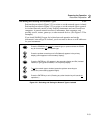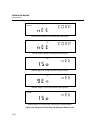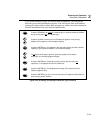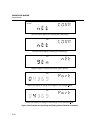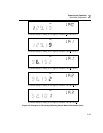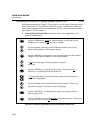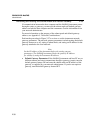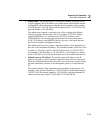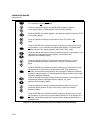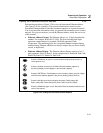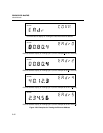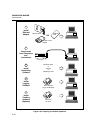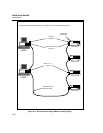
Preparing for Operation
Instrument Preparation
2
2-39
• Subnet Mask The subnet mask is a 32-bit binary number expressed as four
3-digit segments, like an IP address. The subnet mask, when masked with the
instrument IP address, determines what the network number is. For example,
if the IP address is 129.196.180.93 and the subnet mask is 255.255.255.0, the
network number is 129.196.180.0.
The subnet mask contains a consecutive set of bits, starting at the highest
order bit, forming a binary mask value. For example, 255.255.0.0 (binary
value FFFF0000 hex) is a valid mask, but 255.255.10.0 (binary value
FFFF0A00 hex) is not a valid mask, because the bits are not consecutive.
0.255.255.0 (binary value 00FFFF00 hex) is also not a valid mask, because
the bits do not begin at the highest order bit.
The subnet mask must also contain a minimum number of bits depending on
the class of the instrument IP address. The minimum number of bits for a class
A address is 255.0.0.0, class B is 255.255.0.0 and class C is 255.255.255.0.
For example, if the IP address is 129.196.180.93, a class B address, a subnet
mask of 255.0.0.0 is not valid, because there are too few subnet mask bits set.
• Default Gateway IP Address The default gateway IP address is the IP
address of a gateway (router) attached to the same network as the instrument.
When the instrument detects that a host PC is not on the same network (using
the network number), the data is sent through the gateway to reach the host
PC.
The network number of the instrument must match that of the gateway. For
example, if the gateway IP address is 129.196.180.93, and the subnet mask is
255.255.255.0, the network number is 129.196.180.0, and the instrument IP
address must be in the range 129.196.180.0 to 129.196.180.255.



